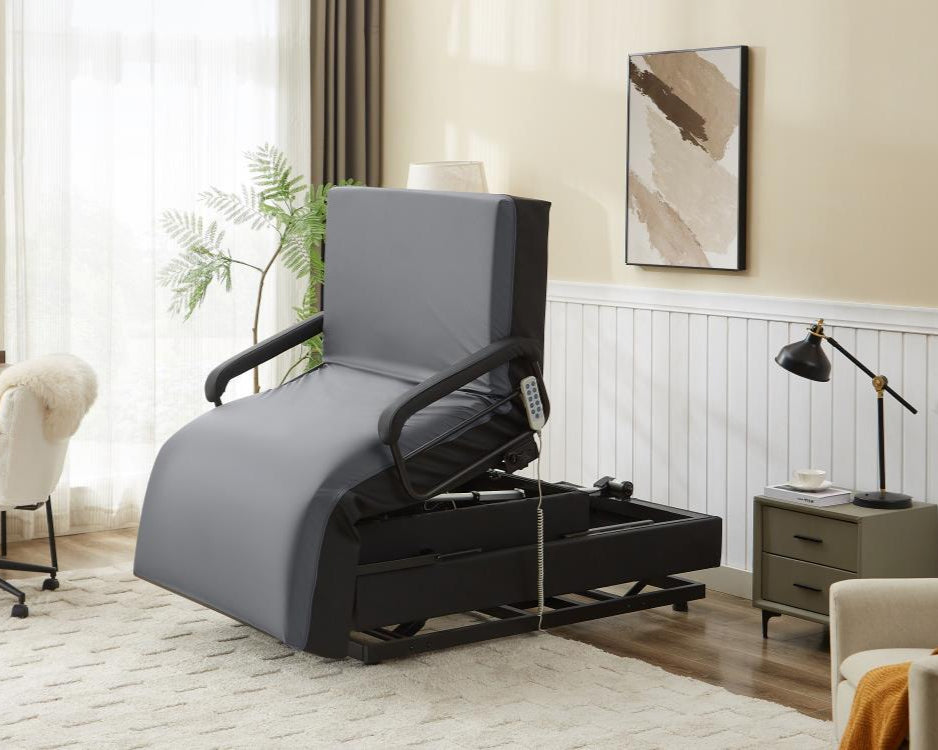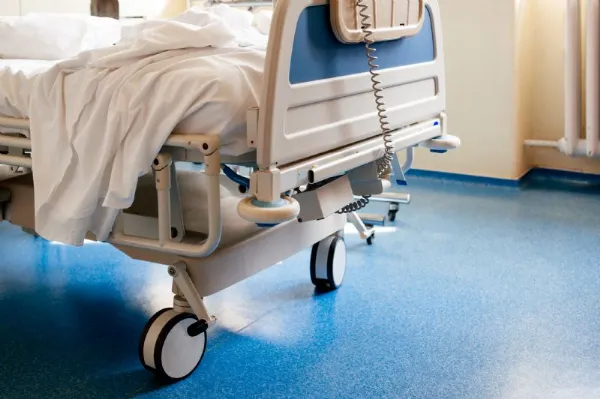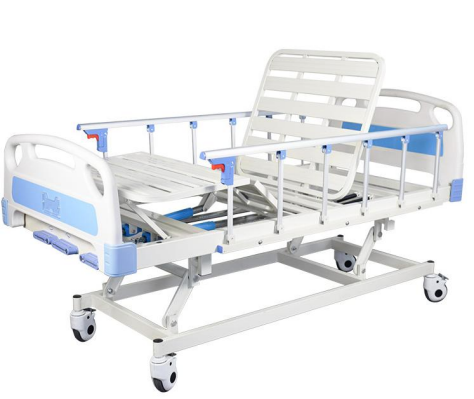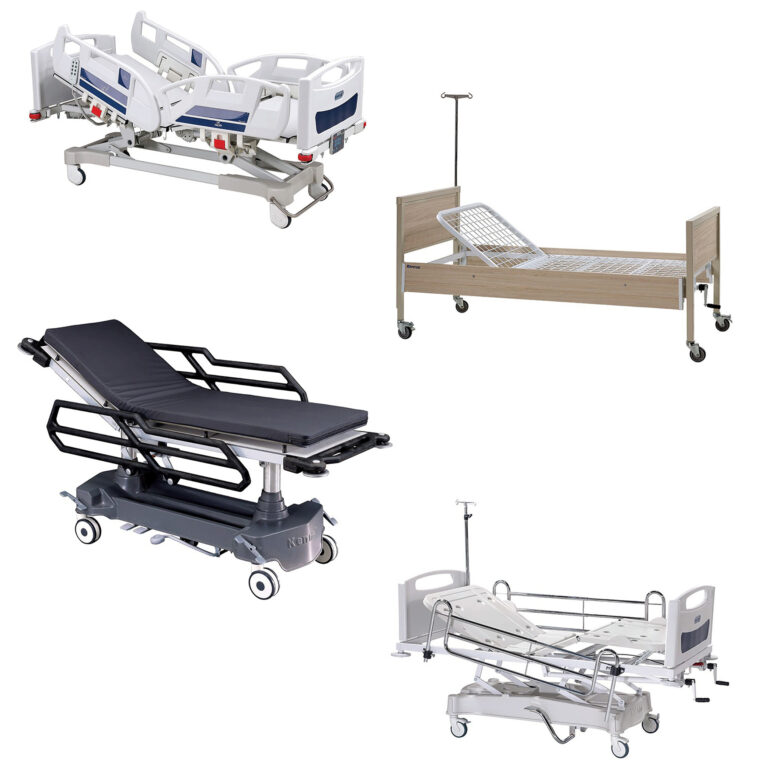What Does Hospital Beds For Home Use Mean?
What Does Hospital Beds For Home Use Mean?
Blog Article
6 Easy Facts About Hospital Beds For Home Use Explained
Table of ContentsHospital Beds For Home Use for DummiesHospital Beds For Home Use Can Be Fun For AnyoneSee This Report about Hospital Beds For Home UseHow Hospital Beds For Home Use can Save You Time, Stress, and Money.The Best Strategy To Use For Hospital Beds For Home UseThe Best Strategy To Use For Hospital Beds For Home UseThe 9-Second Trick For Hospital Beds For Home Use
There are three major kinds of healthcare facility beds: guidebook, semi-electric, and fully-electric. These beds use hand cranks to change the bed's elevation and elevate and decrease the head and the foot.
Semi-electric beds have an electrical motor to increase and reduce the head and foot sections of the bed (hospital beds for home use). Full-electric beds have an electrical motor that can elevate the head and foot areas of the bed as well as the whole height and positioning of the bed.
What Does Hospital Beds For Home Use Mean?
There are numerous types of health center beds, each created to meet certain patient demands. Here are some usual types: This is the most typical type of healthcare facility bed, developed for basic medical usage.
Reduced to the ground than a conventional bed. This kind of bed is made for larger clients, with a broader structure and higher weight capacity than a conventional bed.
This kind of bed is created for seriously unwell patients who need open tracking and specialized clinical devices such as ventilators and mixture pumps. This kind of bed is made for usage throughout labor and delivery, with flexible placements and features to support the mother and baby during the birth process.
Hospital Beds For Home Use Fundamentals Explained
Several function and the accessories execute increasing grip to different parts of the vertebra and the extremities without relocating the body. These are just a few instances of the kinds of hospital beds readily available. The certain type of bed utilized will depend on the person's problem, medical needs, and other factors.
Below is things you need to recognize. A one-function healthcare facility bed is a medical bed that permits an individual to move just the head or foot section up or down. A 2 feature healthcare facility bed normally refers to a kind of medical bed that has 2 adjustable features to help people in healthcare facilities or care centers.

Little Known Questions About Hospital Beds For Home Use.
A 7-function ICU bed is a type of medical bed that supplies a number of flexible features to sustain seriously unwell clients in visit their website an intensive treatment system (ICU) (hospital beds for home use). The 7 features generally include: Backrest modification: The back-rest can be adapted to numerous angles to aid the person stay up or relax conveniently
Height modification: The bed can be increased or lowered to make it less complicated for patients to enter and out of bed, and for caretakers to provide care. Trendelenburg placement: The whole bed can be slanted to promote blood flow and circulation in the body. Reverse Trendelenburg position: The bed can also be slanted in the contrary instructions to promote blood flow and flow in the upper body.
1. What Size is a Healthcare Facility Bed? 2. Just how Much Does a Health Center Bed Price? 3. Why Do Healthcare Facility Beds Have Side Bed Rails? 4. What Are The Key Healthcare Facility Bed Components?. While more economical than electrical models, these beds call for physical effort for modifications. The primary benefits of hands-on beds are their cost and reliability, as they don't count on electricity. However, the demand for hands-on effort can be a constraint in circumstances where quick changes are needed or where caregivers face physical obstacles.
Top Guidelines Of Hospital Beds For Home Use
Semi-electric hospital beds provide a balance of handbook and electrical controls. These beds provide a suitable find center ground between manual and fully electrical options, using convenience of use without the complete cost of electric versions.
Semi-electric beds are appropriate for individuals that need moderate modifications to the head and foot areas yet can take care of without frequent height changes. This makes them an affordable service for those looking for convenience and benefit without the why not find out more requirement for consistent repositioning. Completely electric hospital beds include electric controls for smooth changes to the height, head, and foot areas.
Specialty healthcare facility beds, such as ICU beds, long-lasting treatment beds, and bariatric beds, are thoroughly designed to address specific clinical requirements. These beds offer tailored treatment for diverse individual teams, boosting both end results and convenience. In the following areas, we will explore the primary sorts of specialized health center beds, describing their details benefits and applications.
With years of experience in making electrical direct actuators - hospital beds for home use and close partnership with the medical care market, TiMOTION is well-positioned to offer trustworthy health care services. Our up and down integrated company manages every action of the production process, from design to actuator assembly, guaranteeing we deliver exceptional value and tailored solutions customized to your particular needs
Hospital Beds For Home Use Fundamentals Explained

To read more concerning incorporating these technologies right into your products, contact us today. Further reading:.
Data is sourced from the Medicare Cost Report.

Fascination About Hospital Beds For Home Use
A medical facility bed is a bed designed especially for medical objectives. It is not just a place for patients to relax, however likewise a platform for clinical procedures. Unlike regular home beds, health center beds usually have adjustable features, which can assist in medical personnel to make different adjustments according to the needs of clients, such as changing the elevation, inclination, and support angle of the back and legs of the bed.
Report this page